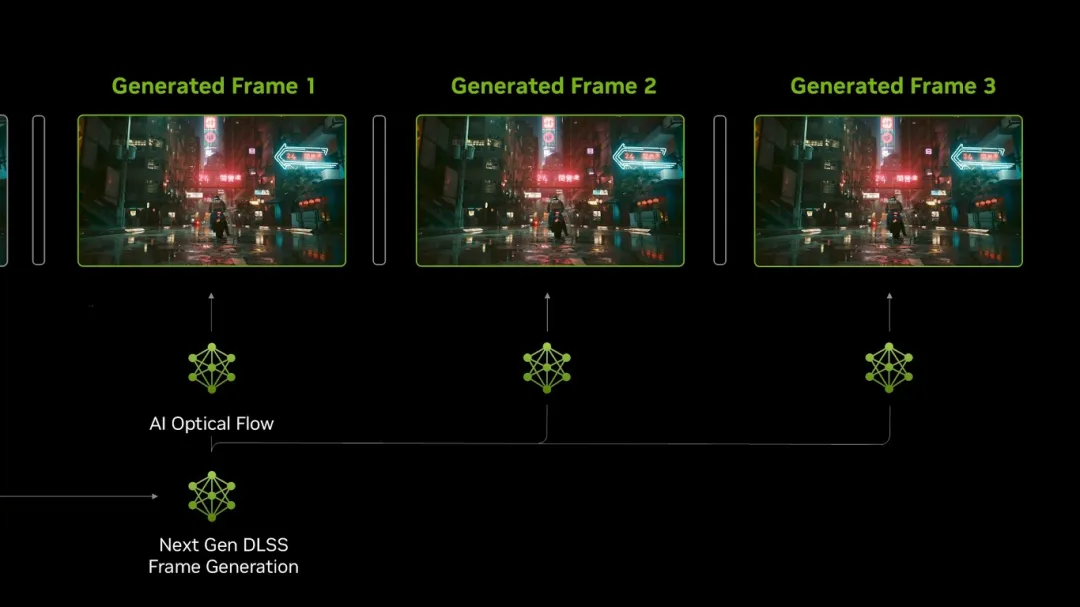Effects of Input Latency on the Generation of Game Frames in Real Time

In Austin, a focal point of gaming technology research, analysts are directing attention to a frequently overlooked aspect of frame generation-enhanced gaming: input latency. While frame generation technology aims to increase perceived frame rates for smoother visuals, experts argue that without addressing input latency, gaming performance assessments remain incomplete.
Input latency, the delay between a player’s action and its on-screen response, is critical for delivering a truly immersive and competitive gaming experience. Industry specialist Dr. Helen Armstrong explains, “Minimizing input latency is as important as enhancing frame rates because it directly influences player control and reaction times.”
Recent studies conducted at the Austin Institute for Interactive Technologies underscore the challenge in accurately measuring input latency within frame generation systems. Researchers advocate the development of standardized testing protocols to reliably capture this metric, aiming to provide gamers and developers with precise data to optimize hardware and software configurations.
This emerging focus resonates with current trends in fast-paced gaming genres and esports, where milliseconds determine victory or defeat. As frame generation becomes more widespread, integrating comprehensive input latency analysis is poised to become a cornerstone of performance evaluation, ensuring that visual enhancements do not come at the cost of player responsiveness.






